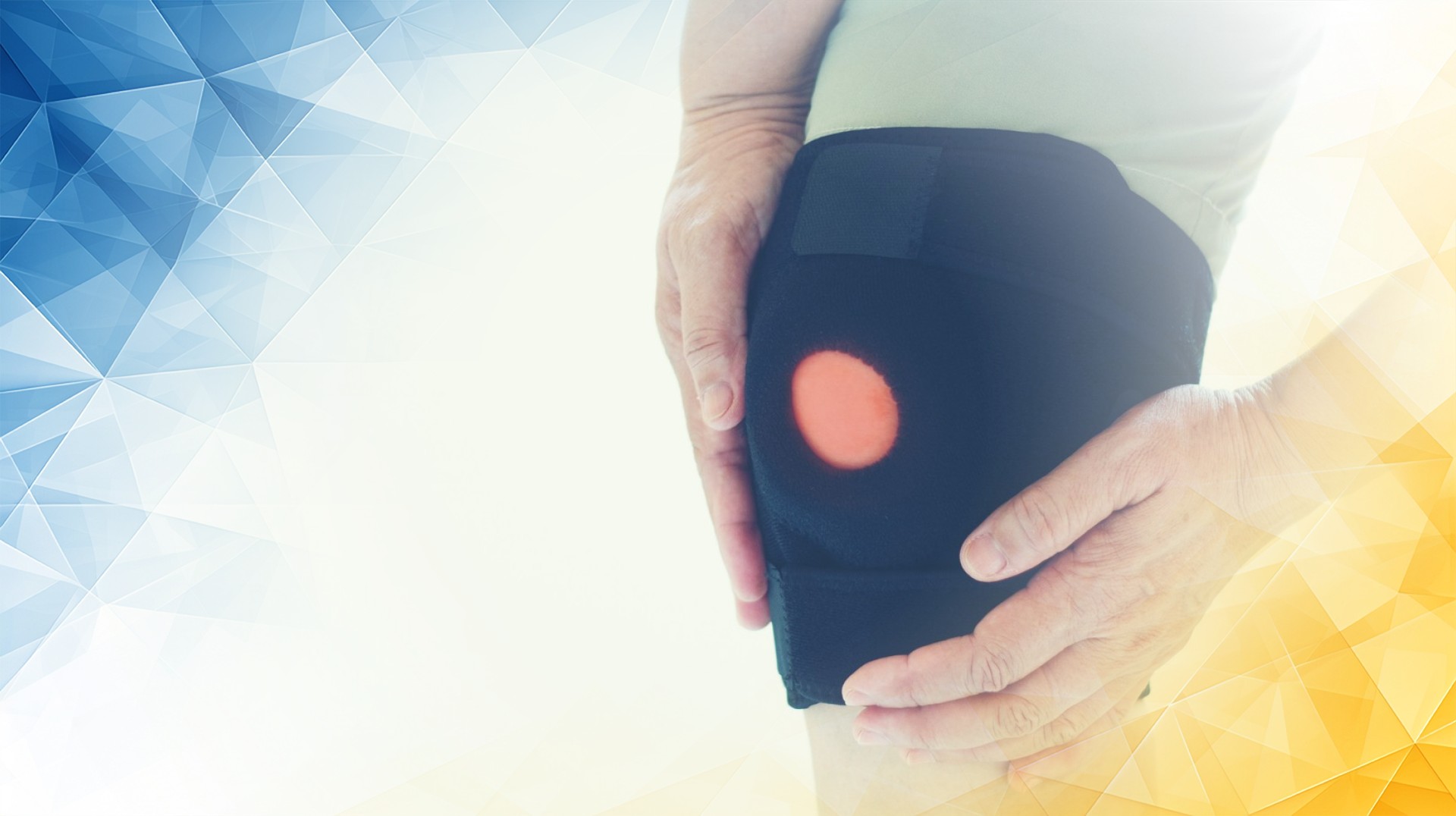



A hip labrum tear is a fairly common injury involving the cartilage ring, called the labrum, that lines the rim of your hip socket. When this ring tears, it can lead to pain, stiffness, and trouble moving the hip—making everyday activities much harder. But what many people don’t realize is that hip stability depends on more than just the labrum. The hip capsule, a strong band of tissue that wraps around the entire joint, also plays a crucial role.
In this article, we’ll explain how the condition of the hip capsule affects joint stability if you have a labrum tear . By drawing on scientific research and practical insight, we’ll show why this matters for diagnosis, treatment, and recovery—and how understanding your hip’s anatomy can help you make better decisions about your care.
Let’s start with the basics. The hip labrum is a cartilage ring that helps deepen the hip socket, cushioning the joint and helping keep the rounded top of your thigh bone—the femoral head—securely in place. Surrounding all of this is the hip capsule, a tough, fibrous sleeve that holds the joint together and prevents it from moving too far in any direction.
Labrum tear s are most common in the upper front (anterior superior) part of the hip. They can result from a sudden injury , repetitive use, or gradual wear over time. Typical symptoms include groin pain, clicking or catching in the hip, and sometimes a feeling like the joint could lock or give way.
Research has shown that the hip capsule plays a key supporting role. If the capsule is strong and intact, it helps keep the joint stable—even if the labrum is torn. But if the capsule is stretched out or weakened, stability suffers, which can worsen symptoms and increase the risk of further injury .
The main job of the hip capsule is to keep the femoral head —the “ball” part of the joint—centered in the socket. If the capsule becomes loose or damaged, especially alongside a labrum tear , the femoral head can start moving more than it should.
This unwanted movement puts extra stress on the joint surfaces, often leading to more pain and faster cartilage damage. People with both a weak capsule and a labrum tear usually notice instability during movements like twisting or bending. That’s why the health of both the labrum and the capsule is so important—not just for relieving pain, but also for protecting the hip over time.
Identifying the source of hip pain can also guide treatment. Your pain may be mostly due to tissue damage, nerve involvement, or a mix of both. Pinpointing the type and cause of your pain—sometimes with the help of screening questionnaires—can help doctors recommend the right therapies.
Understanding the state of your hip capsule is essential when diagnosing and treating labrum tear s. Advanced imaging like MRI arthrography can sometimes show both labral and capsular damage, but these scans aren’t always perfect. Sometimes a loose capsule can make it harder to see the true extent of injury, or mimic symptoms of other hip problems.
That’s why your healthcare provider will usually combine scans with a detailed history and specific physical tests to assess hip stability . If your capsule is still strong, non-surgical treatment is often successful. A tailored physiotherapy program can help by strengthening the muscles around the hip and improving overall stability—often relieving pain and restoring function.
Protecting the capsule with targeted rehab not only improves stability but can help many people avoid surgery altogether. For select patients, optimizing capsule health through therapy is a key part of recovery.
Screening questionnaires, such as the painDETECT, can also help identify the nature of your pain and help design a more effective management plan.
Diagnostic tools are improving all the time. New, higher-resolution MRI and ultrasound techniques allow doctors to better visualize both labral and capsular problems. Assessment tools and questionnaires are also getting better at detecting hip instability early on.
Future treatments will likely be more personalized, considering both the severity of the labrum tear and the health of the capsule. Research into biologic therapies and less invasive procedures may soon help repair or regenerate damaged hip tissues, speeding up recovery and protecting long-term hip health.
The hip capsule is a crucial partner to the labrum when it comes to keeping your hip joint stable. If the capsule is weak or damaged, the joint becomes less stable and symptoms can worsen quickly. That’s why paying attention to both structures is so important when seeking an accurate diagnosis and choosing a treatment plan.
By working closely with healthcare professionals who understand these connections, patients can often achieve better outcomes—sometimes without the need for surgery. As research and technology move forward, people with hip labrum tears have more reasons than ever to be hopeful about recovery and long-term joint health.
Byrd, J. W. T., & Phillips, J. C. (2016). Hip Tears of the Acetabular Labrum. In Hip Joint Restoration (pp. 279-293). Springer International Publishing. https://doi.org/10.1007/978-3-319-14815-1_35
Nakawaki, M., Fukushima, K., Inoue, G., Moriya, M., Uchiyama, K., Takahira, N., & Takaso, M. (2018). Use of the painDETECT questionnaire to differentiate the nature of hip pain associated with a labrum tear. Asia-Pacific Journal of Sports Medicine, Arthroscopy, Rehabilitation and Technology, 11, 1-5. https://doi.org/10.1016/j.asmart.2017.10.002
Van de Perre, S. (). Labrum-Labral tear, hip. Radiomatix. https://doi.org/10.5832/m362-1-193-0
All our treatments are selected to help patients achieve the best possible outcomes and return to the quality of life they deserve. Get in touch if you have any questions.
At London Cartilage Clinic, we are constantly staying up-to-date on the latest treatment options for knee injuries and ongoing knee health issues. As a result, our patients have access to the best equipment, techniques, and expertise in the field, whether it’s for cartilage repair, regeneration, or replacement.
For the best in patient care and cartilage knowledge, contact London Cartilage Clinic today.
At London Cartilage Clinic, our team has spent years gaining an in-depth understanding of human biology and the skills necessary to provide a wide range of cartilage treatments. It’s our mission to administer comprehensive care through innovative solutions targeted at key areas, including cartilage injuries. During an initial consultation, one of our medical professionals will establish which path forward is best for you.
Contact us if you have any questions about the various treatment methods on offer.
Legal & Medical Disclaimer
This article is written by an independent contributor and reflects their own views and experience, not necessarily those of londoncartilage.com. It is provided for general information and education only and does not constitute medical advice, diagnosis, or treatment.
Always seek personalised advice from a qualified healthcare professional before making decisions about your health. londoncartilage.com accepts no responsibility for errors, omissions, third-party content, or any loss, damage, or injury arising from reliance on this material. If you believe this article contains inaccurate or infringing content, please contact us at [email protected].